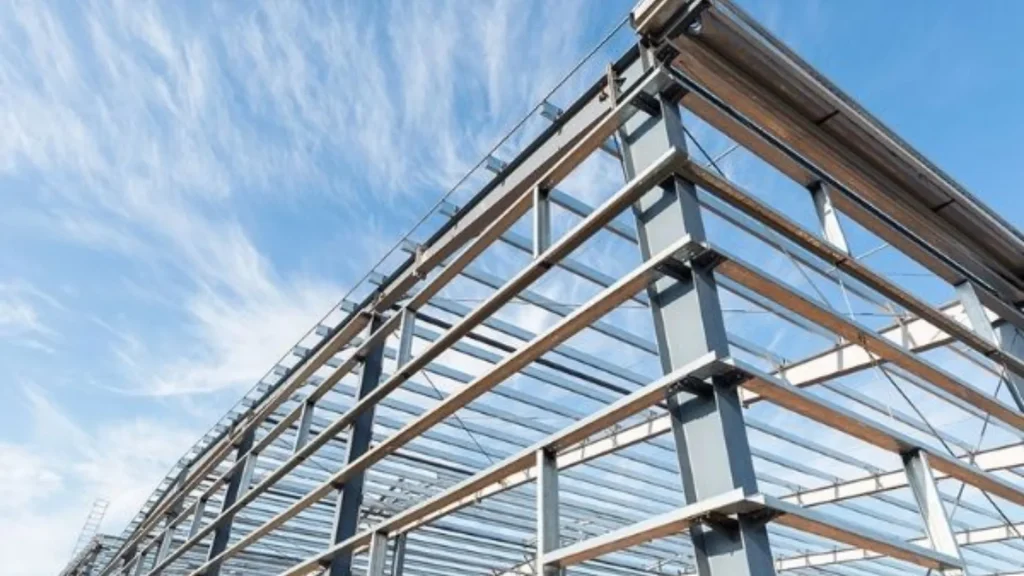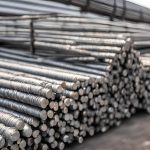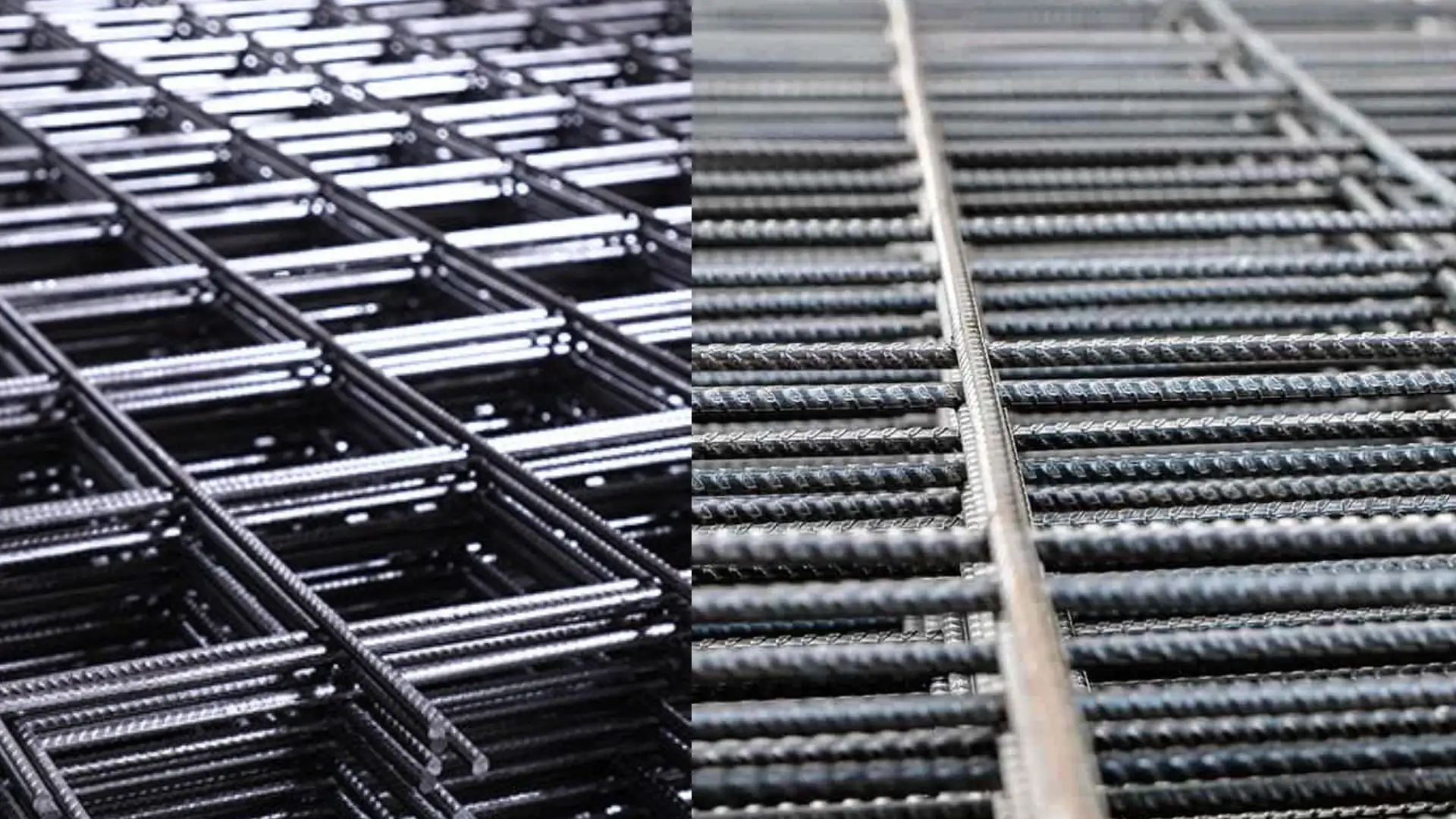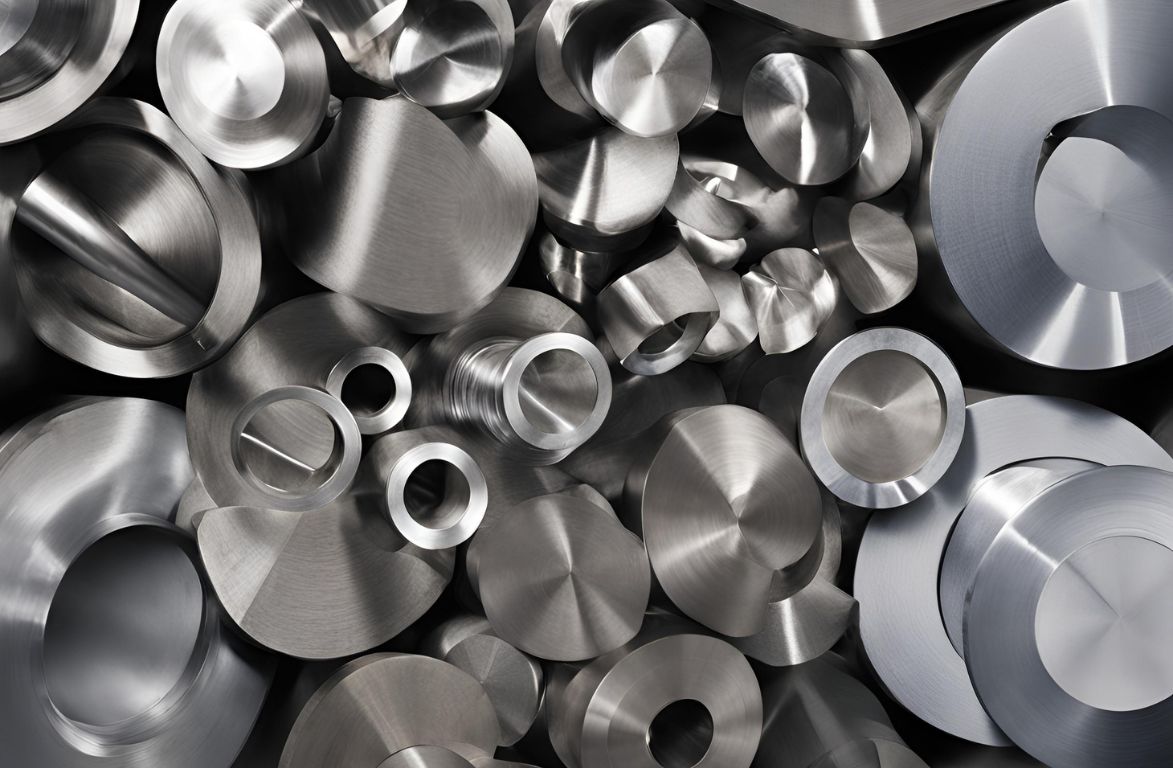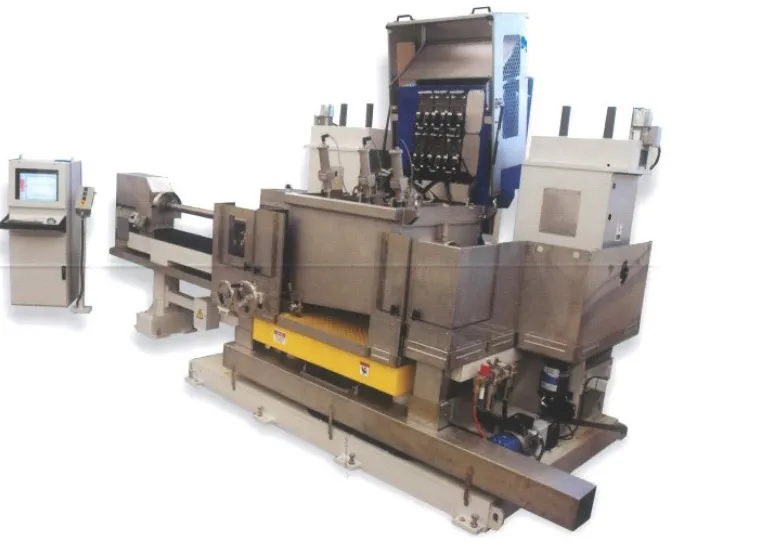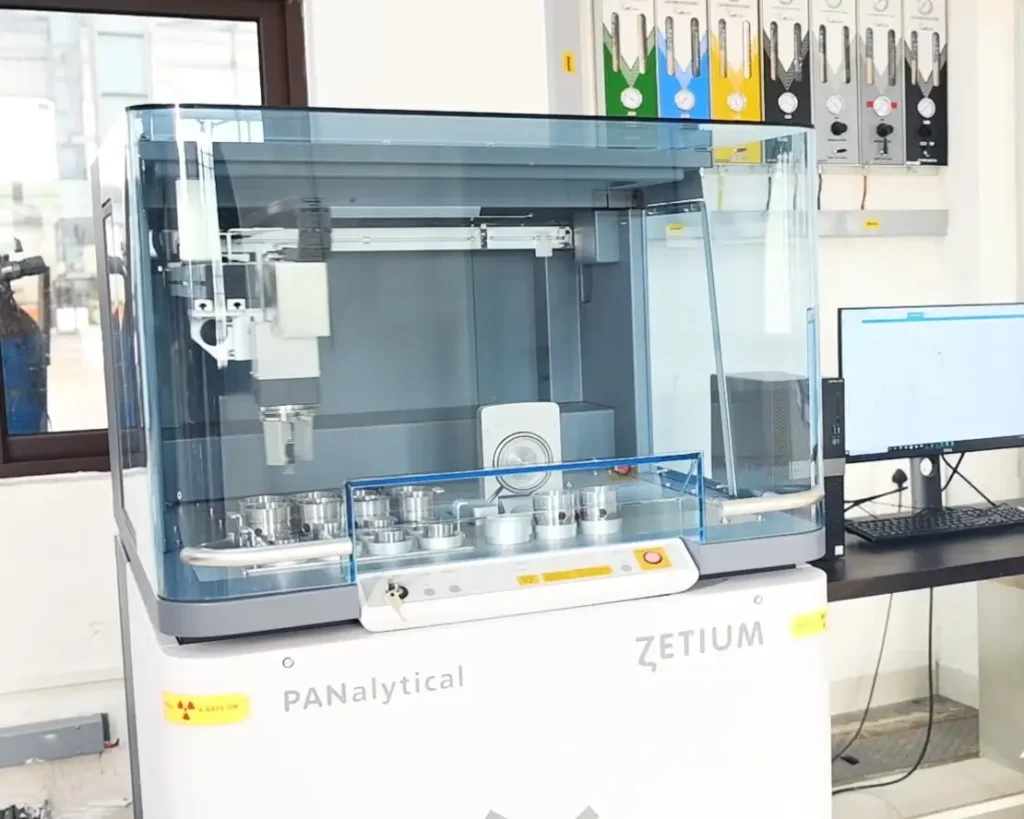Steel is a popular construction material, often used along with concrete to create sustainable and cost-effective buildings. It is a versatile, impressive, and long-lasting material, with a high strength-weight ratio. Along with this, steel can be used as an alternative to other unsuitable building materials to make the building more durable. .
Steel is used for a myriad projects, which include construction of bridges, buildings, modern skyscraper architectures and even in airports and residential properties. Other than these, steel plays a pivotal role in our daily lives for its usage in household appliances, furniture, vehicles or even in construction tools.
Now, let’s look at some of the advantages of steel in construction and how they can be incorporated into the design of a building to overcome specific issues.
TOP REASONS WHY STEEL IN USED IN CONSTRUCTION
- Strength, beauty, design freedom- Steel offers complete freedom to designers. It’s strength, endurance, beauty and malleability allow architects to develop and explore new ideas and products. It has the ability to bend to a certain radius and curves to build factory-finished products with exact specifications.
- Faster, Efficient, Resourceful- Steel can be assembled quickly and efficiently in all seasons. It reduces 20%-40% of construction time as it takes lesser time in moulding into the desired shape.
- Earthquake resistance- Earthquakes are unpredictable in terms of magnitude, frequency, and location. Steel, however, is a material of choice as it is inherently ductile and flexible. It can handle extreme loads rather than breaking and crumbling as it’s beam-to-column connection are designed principally to support gravity loads.
- Environment Friendly- Steel structures are significantly lighter than concrete structures and require less extensive foundations as they reduce environmental stress. They are easier to move around, reduce transportation cost and save a lot of fuel.
- Energy Efficient- Steel is energy efficient, as it radiates heat very quickly from steel roofs, creating a more relaxed and cooler home environment in hot climate areas. During the cold season, double steel panel walls can help in insulation to hold the heat indoors.
- Recyclable- Steel frames can be easily reused and circulated into the steel industry’s close looped recycling system. In this process, it is melted down and repurposed to save the material from getting wasted.
- Fire Resistant- Steel frames are created, keeping in mind the fire protection requirements. It’s a non-combustible material that preserves structural design in the event of a fire.
- Fewer columns, more open space- Steel sections provide an elegant, cost-effective method to create large open-plan and column-free internal spaces. In single-storey buildings, rolled beams offer exact spans of over 50 metres. Trussed or lattice construction can extend this to 150 metres. Thus, by minimizing the number of columns, it makes it easier to subdivide and customize spaces.

